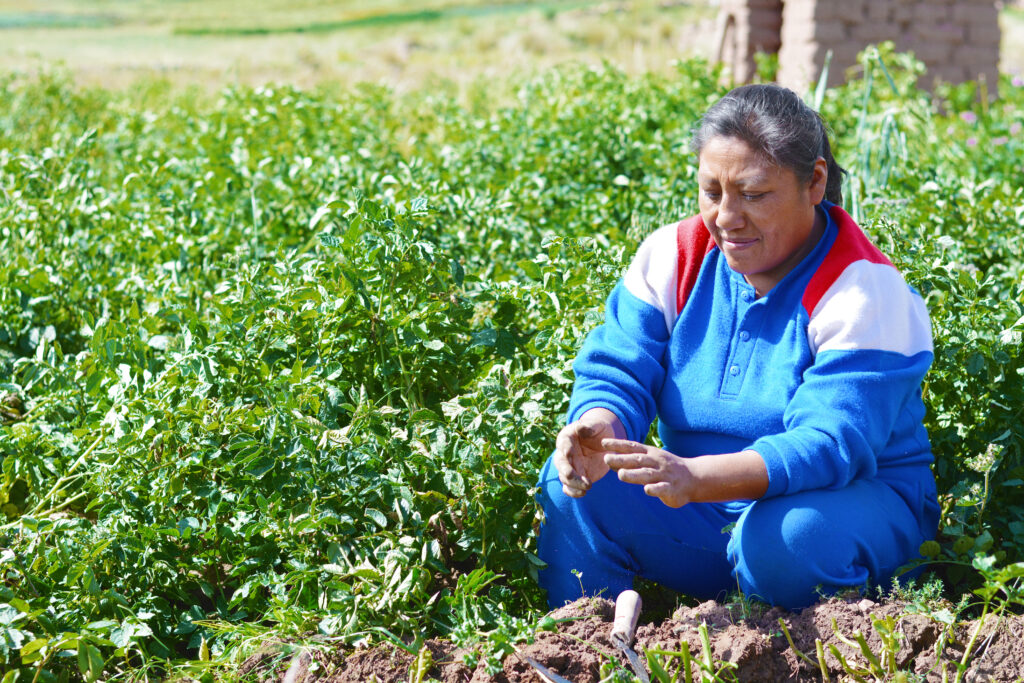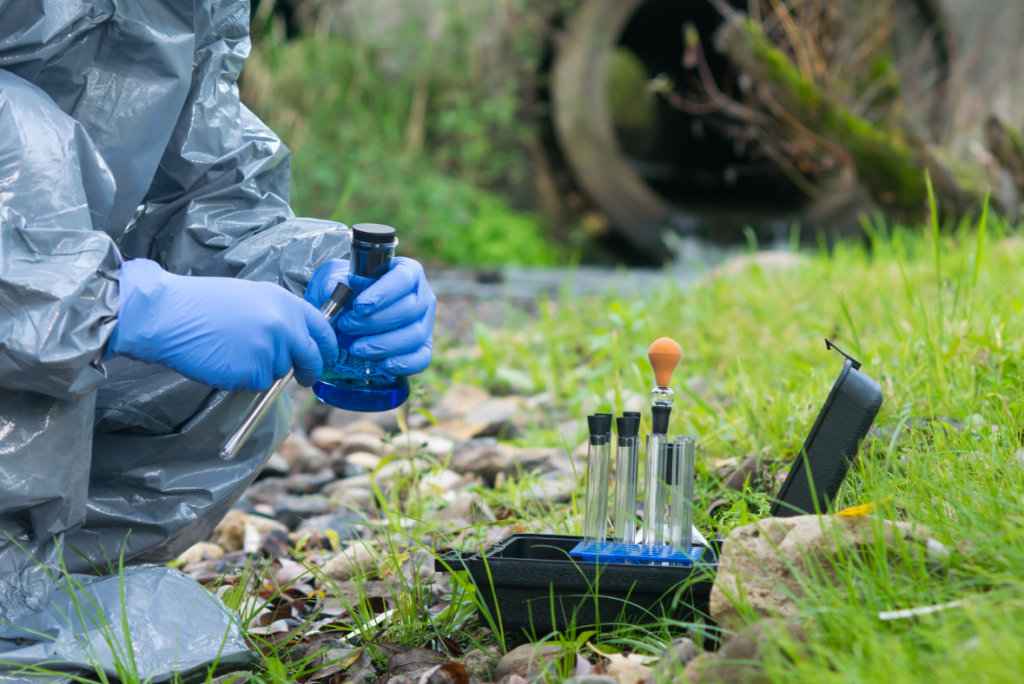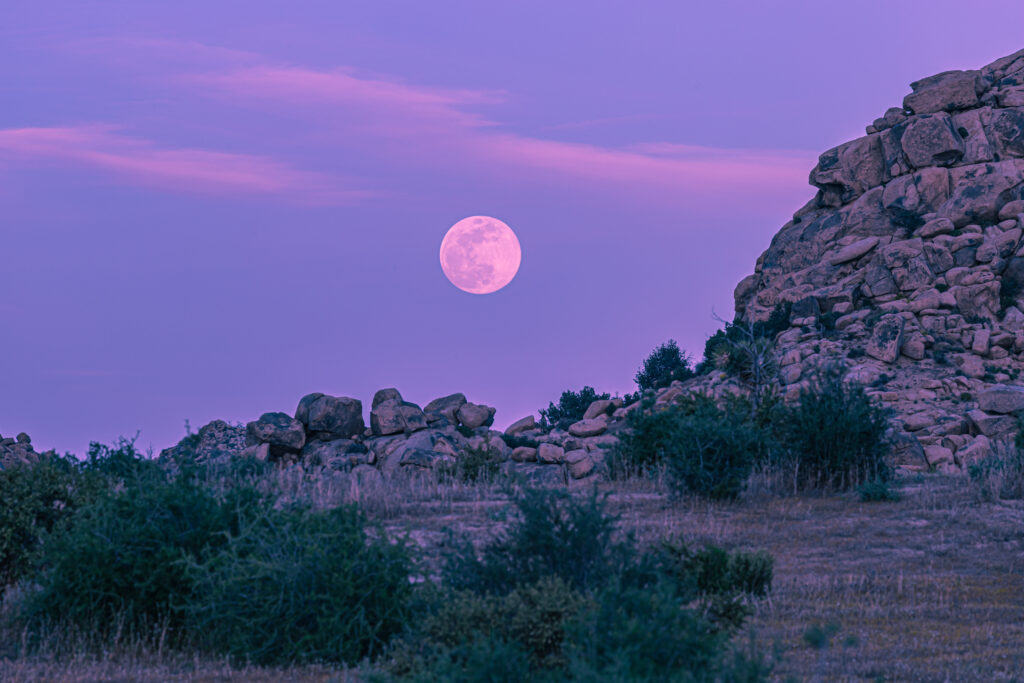It’s Earth Day, which means it’s time for the annual doom and gloom reports on – wait, what? Climate experts are asking us to promote “climate optimism?”
Apparently so. There’s still plenty of disaster to worry about, but environmentalist efforts have also paid off in some ways that we can celebrate. A few of these: repairing the ozone layer, reducing plastic waste, and the exciting news that global carbon dioxide emissions (which hit their highest point last year) will peak next year and start to drop. Even Al Gore said last month, “We’re gaining on this, we’re gaining momentum and soon we’ll be gaining on the crisis itself.”
That includes the adoption of planet-friendly practices in healthcare. Let’s take a look at how climate change will affect our health – and how healthcare workers can make a difference.

How Climate Change Impacts Health
Imagine Hospital X in the future. The emergency department is crowded with patients dealing with heat stroke and asthma from poor air quality. Infectious diseases are on the rise; prolonged allergy seasons, ticks and mites are more common, thanks to extended growing seasons. Recurring floods cause waterborne illness. And the ED just doesn’t have capacity for the rising number of patients who’ve migrated from regions impacted by wildfires, drought, and rising sea levels. Power outages frequently impair hospital equipment and sometimes mean the loss of insulin and other medications.
Outside hospital walls, food insecurity, unclean water, and deteriorating mental health compromise other patients – and still others are blocked from accessing any medication or treatment because of natural disasters and extreme weather events.
This might sound like a dystopian film, but it’s a likely future in some areas – especially for vulnerable populations. In some areas, Indigenous peoples will be among the most severely affected. Many Tribal nations have strong farming, hunting, fishing, and irrigation dependencies. Those that reside in flood plains, arid regions prone to drought, or other areas vulnerable to extreme weather events, may be heavily impacted. This could include:
- The melting ice shelf and other water contamination leading to new disease vectors for Alaskan natives.
- Loss of food sources and weakened agriculture due to animal extinction. Some Native tribes are working to save mountain lions, for instance, which play an essential role in strengthening ecosystem resilience and biodiversity.
- Wildfires have already devastated both Tribal lands and budgets – and worsened smoke inundation in affected communities.
- Air pollution can worsen respiratory diseases like COPD and trigger asthma attacks – both of which are higher among American Indian & Alaskan Native populations.

Healthcare Builds a Healthier Planet
Healthcare workers aren’t politicians or UN leaders or climate activists. But they can promote climate and health adaptation, which involve strategies to protect health from climate-related impact.
Our guide, “Climate Change and Indigenous Health,” offers 7 practices that every facility can adopt. Some of these focus on changes like reducing energy use, single-use medical tools, and paper waste; others focus on patient education, as patients may not understand why their asthma is getting worse or what to do if they’re dependent on refrigerated medications during a power outage.
In an interdependent world, there’s no hiding from climate change. Healthcare workers will find themselves at the center of these impacts as sickened regions create sicker people. But the recent improvements are indeed cause for optimism – and the right action can carry this momentum into a healthier era for Earth and ourselves.
You can check out our guide here.


